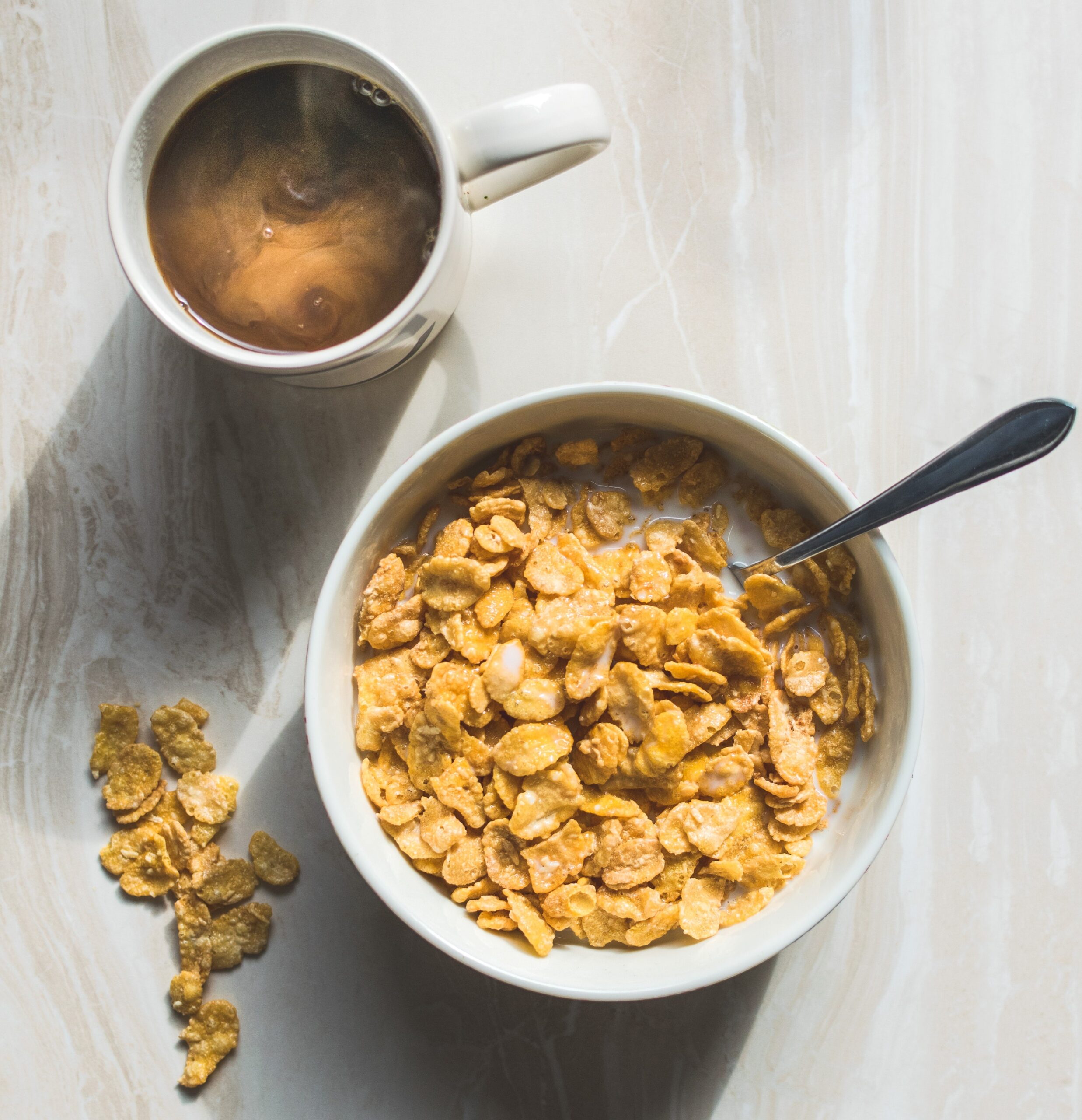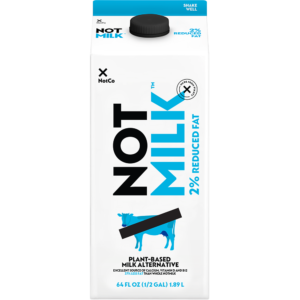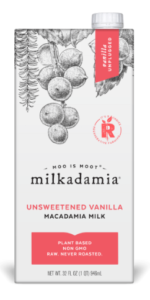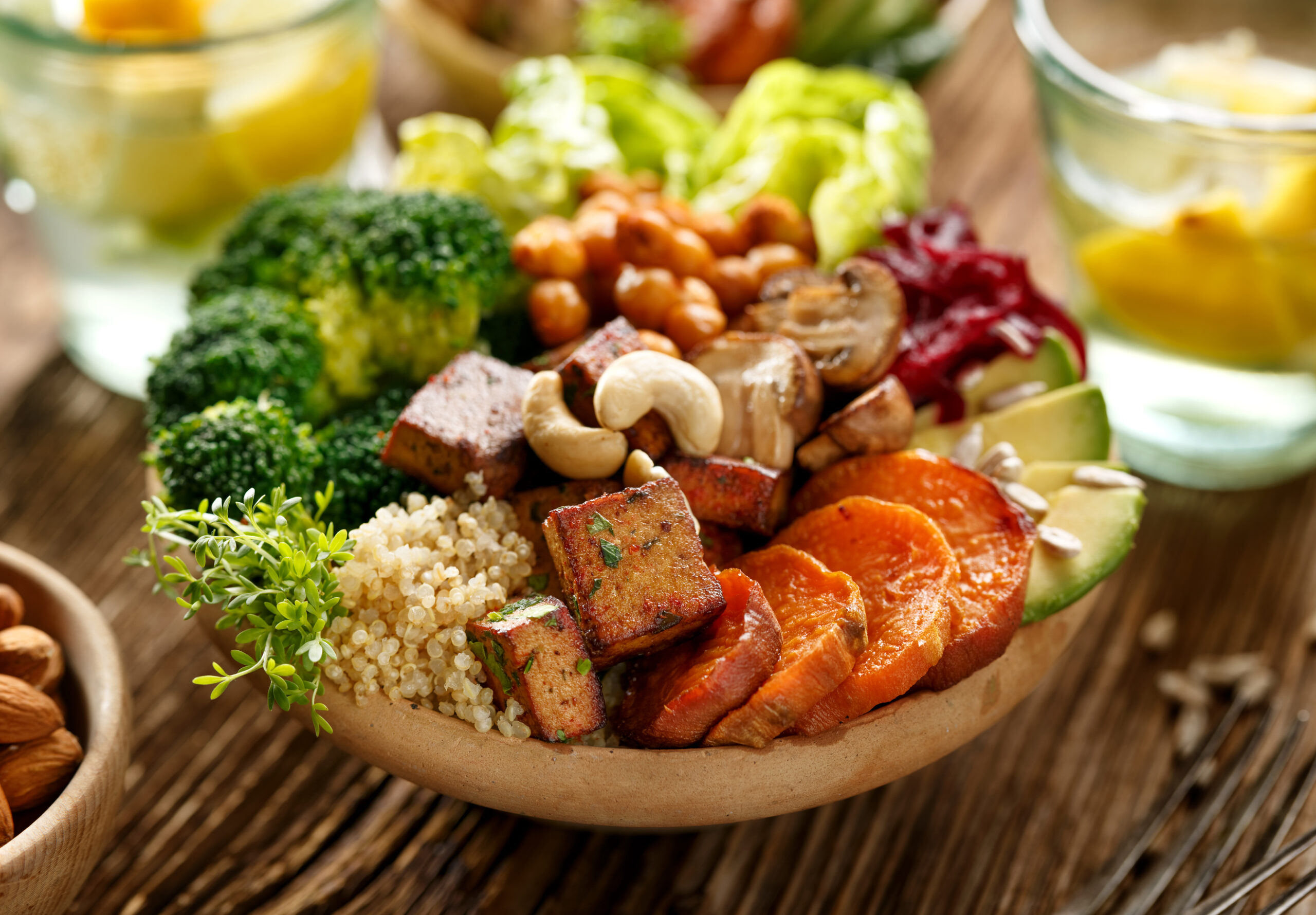
Where Do Vegans Get Their Protein?
Where do vegans get their protein?
This is one of the most commonly asked questions about a plant-based diet.
I get it! It wasn’t that long ago that my ideal meal was greens with a piece of salmon on top. Or maybe veggies, rice and a meat protein on my plate. Waking up in the morning, the go-to was often eggs.
Historically, eating animal protein has been touted as the “best” source of protein. And the amount of protein recommended in the early 1900’s was dramatically higher than today. There was also an element of prestige attached to eating animal protein.
In truth, animal protein is more biologically similar to our own bodies. As such, it is called a “high quality protein” and it helps us grow fast. But at what cost? The fast growth that animal protein causes, also causes cells to grow fast that aren’t supposed to grow, which is called cancer. Animal proteins have also shown to be the source of many diseases of affluence including heart disease and diabetes.
Conversely, we can (and should) consume all of our protein via plant sources. It has only the health upsides and none of the downsides. A whole foods plant-based diet offers sufficient protein when eating a variety of foods.
For mere mortals (like me), the Recommended Daily Allowance (RDA) protein recommendations are 8-10% of our daily food intake.
Here’s how to calculate this: “Adults require no more than 0.8 or 0.9 grams of protein per healthy kilogram of body weight per day, which is about your ideal weight in pounds multiplied by four and then divided by ten. So, someone whose ideal weight is 100 pounds may require up to 40 grams of protein a day.” – NutritionFacts.org
For a 70 kg (144 lb) adult male, this is 56 gms; for a 60 kg (132 lb) female, 48 gms.
Even elite athletes are learning that while they do need more protein than an average athlete, they don’t need nearly as much as they originally assumed. They are foregoing the high protein powders and scarfing down chicken breasts and switching to a whole food plant diet instead, often with better performance results. (Have you watched the film Game Changers?)
Where do we find this protein?
We’ve all heard about eating the rainbow.
We can get all our nutrients by eating a variety of foods. You may be surprised at how much protein is found not just in tofu and nuts, but also in broccoli, brown rice and many other “surprising” sources.* Further, we do not need to combine them all in one meal to get the appropriate nutrients. Aiming to eat a variety of fruits, vegetables, whole grains, tubers and legumes offers the nutrition that your body needs.
Thanks to creative plant-based chefs, there are now many interesting recipes that mimic foods we are accustomed to. Since my husband and I grew up with a “main” dish alongside a “starch” and a “vegetable” for dinner, I still often cook that way. The difference is that now, the “main” is usually a tofu or something similar, the rice is brown, and the veggies are roasted.
Hearty and tasty recipes teach us how to eat the rainbow, so we enjoy our meals, don’t feel deprived, and get the most health benefits. Veggie chilis, wraps made with whole grains, bowls, homemade veggie burgers… the list goes on and is endless.
(I have never actually made a “bowl”. I’ve only eaten them in restaurants. But I think they are a great way to get many nutrients in a delicious meal. I will be experimenting with bowl recipes and share the good ones. We’ve just begun scratching the surface of what is possible at What’s Plant-Based Cooking Good Looking?!)

*This pretty chart shows how much protein can be found in each of these plant-based foods. I have included another, more comprehensive chart here, that details many more foods. If you are concerned about your protein intake, please refer to it. If you are eating a colorful, low fat (minimal or no oil) whole foods plant-based diet that includes all types of legumes, fruits, vegetables, whole starches and more, you can likely trust that you are getting all of your nutrients. (Always check with a health professional if you have questions or underlying conditions.)
Every day I meet people whose cholesterol dropped dramatically in just a few weeks by switching to a whole foods plant-based diet.
Think about it — pandas, elephants, giraffes, horses and gorillas eat plants and they are some of the largest and strongest animals roaming the earth. We really don’t need to eat animal protein.
If you’d like to read more, here’s an article from T. Colin Campbell about the fallacy of animal protein and our obsession with protein in general.
And another from registered dietician who wrote the article for a tofu manufacturer, but also includes other really good sources of plant proteins.
Check back next week when we take a look at the other often-voiced concern: “How do I avoid eating too many carbs?”
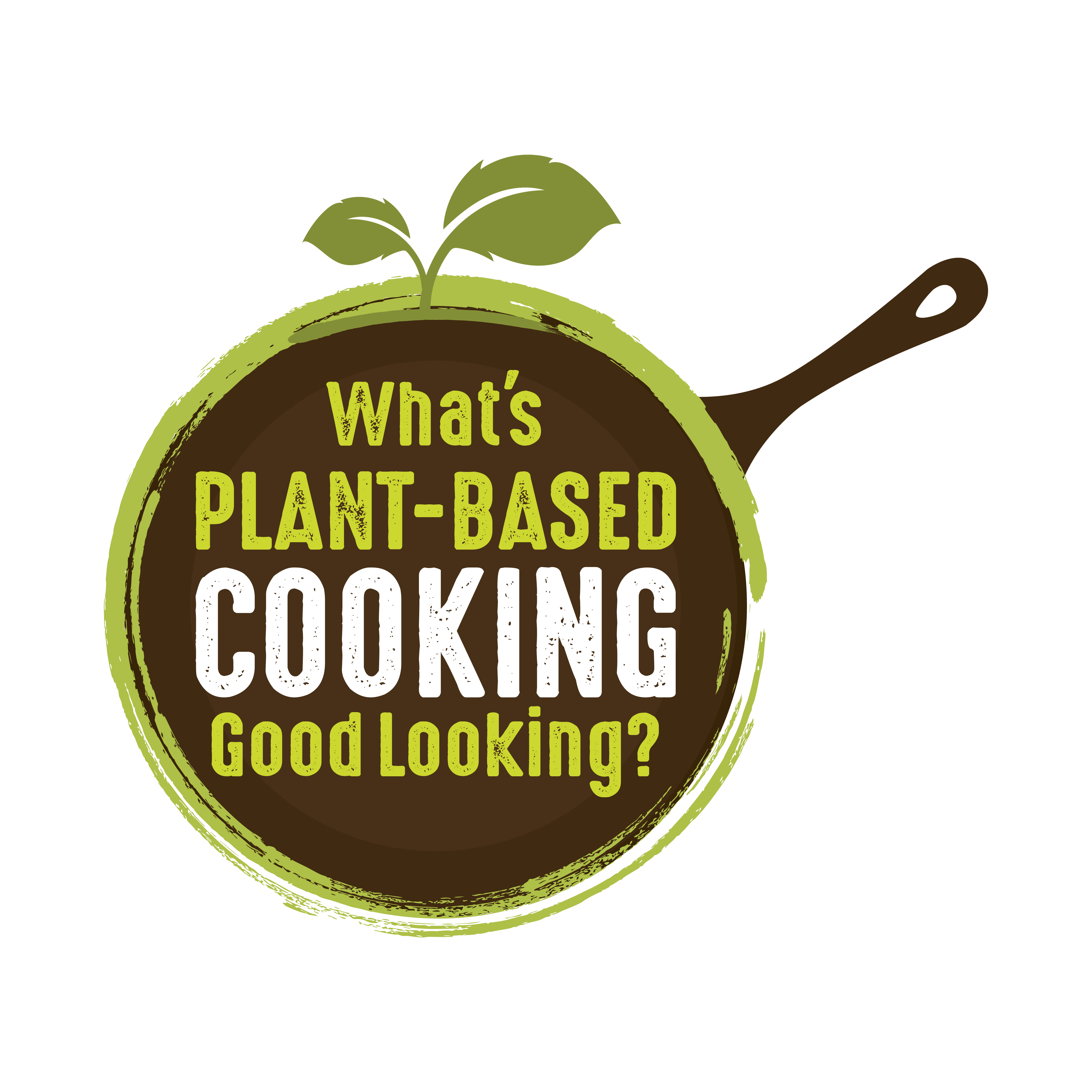

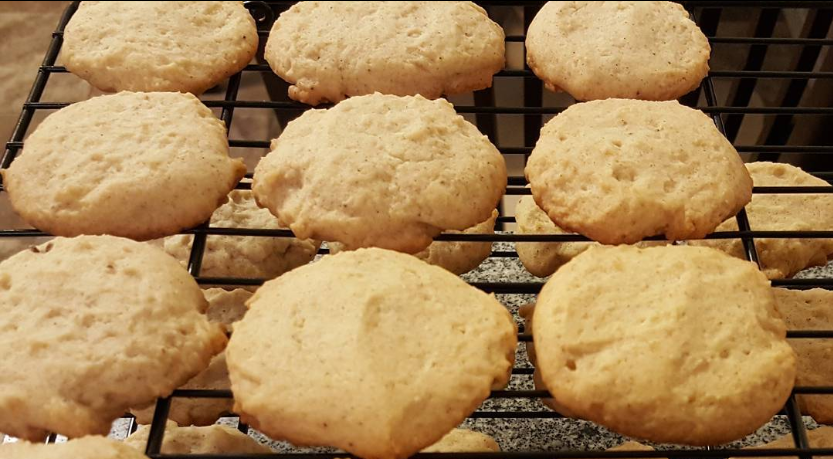
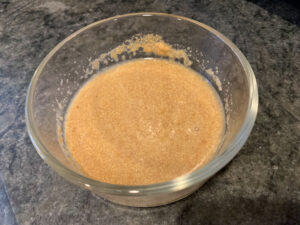 1. Flax egg– What is a flax egg? You mix ground flax meal with warm water and it turns into a gooey consistency that can be used as an egg substitute. When the recipe calls for it, it’s a much healthier substitute. I use flax eggs in a tofu dish (which we will make together soon) as well as in baked goods. (In fact, the recipe we are making this week is cookies! They are incredible and use flax eggs.) Some recipes suggest that chia works too.
1. Flax egg– What is a flax egg? You mix ground flax meal with warm water and it turns into a gooey consistency that can be used as an egg substitute. When the recipe calls for it, it’s a much healthier substitute. I use flax eggs in a tofu dish (which we will make together soon) as well as in baked goods. (In fact, the recipe we are making this week is cookies! They are incredible and use flax eggs.) Some recipes suggest that chia works too.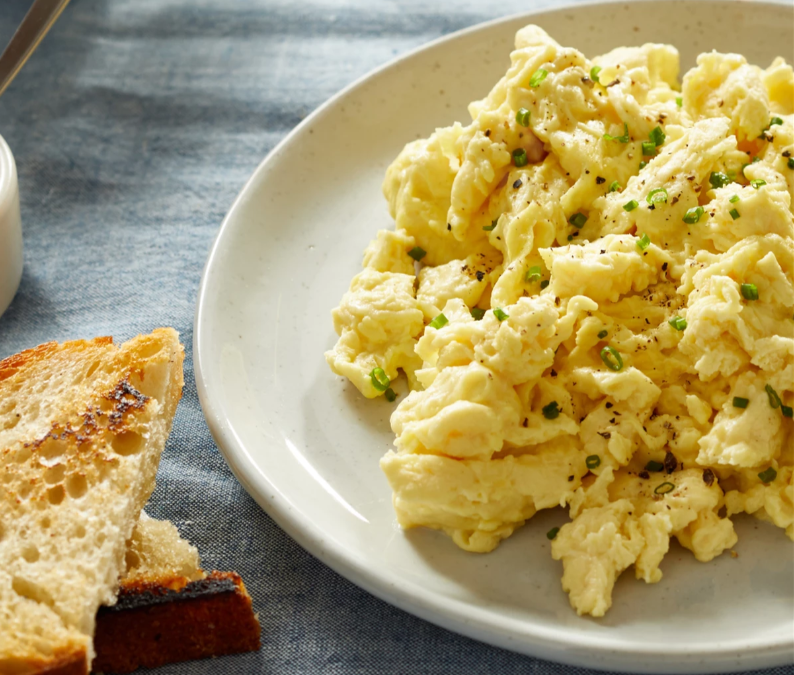

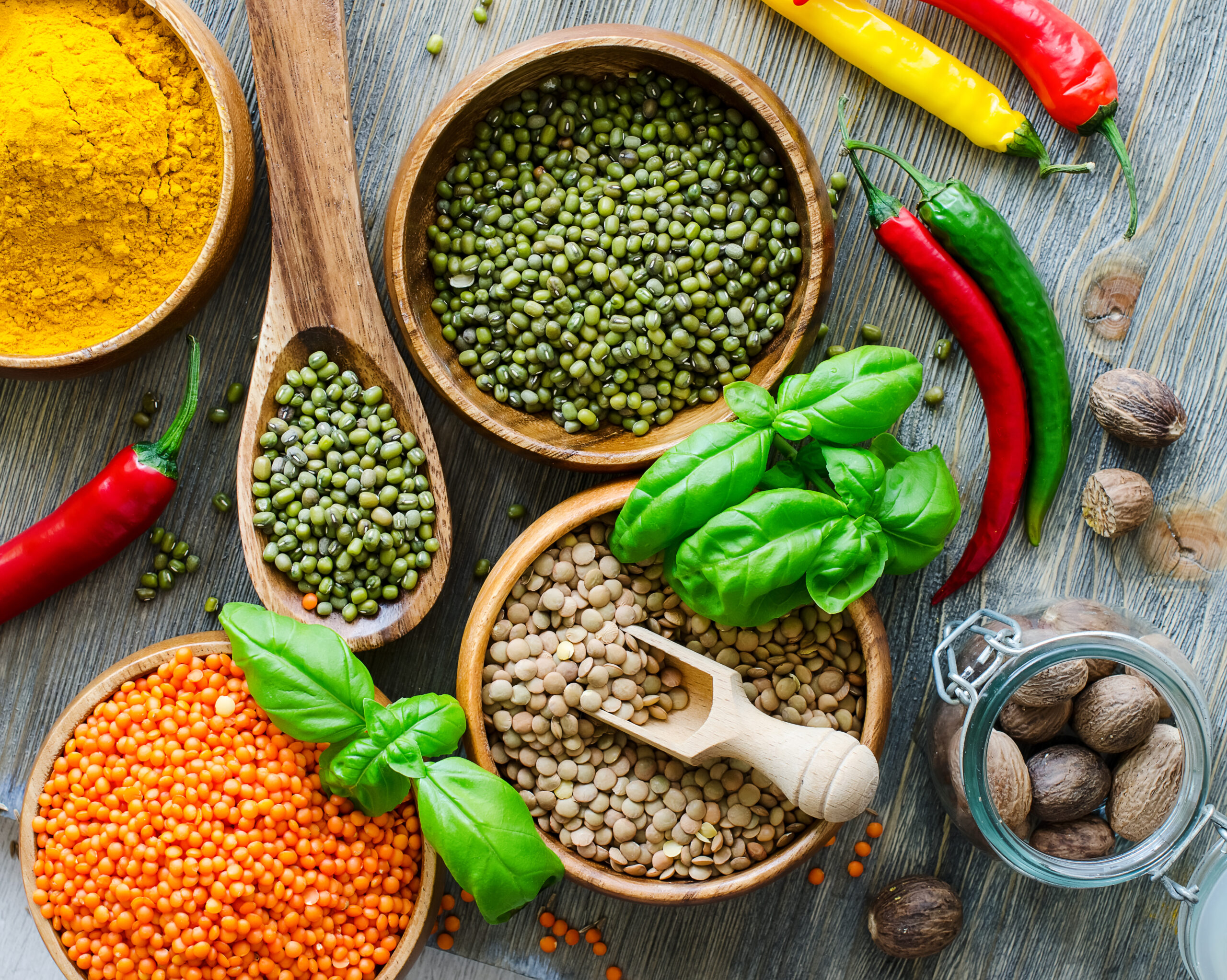
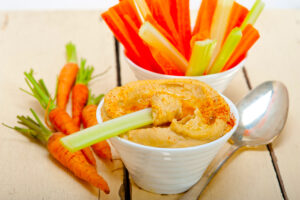 Some people in our
Some people in our 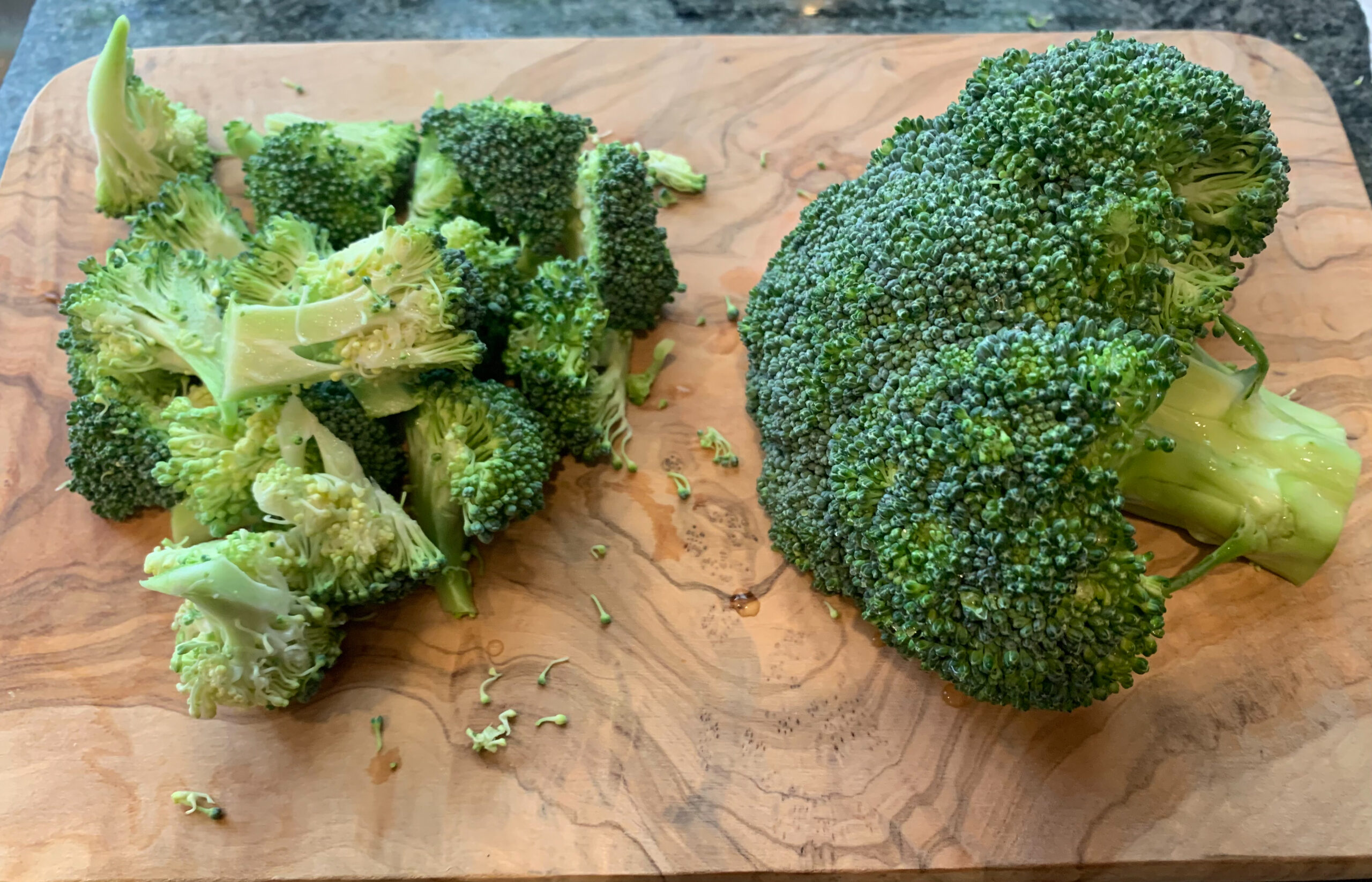
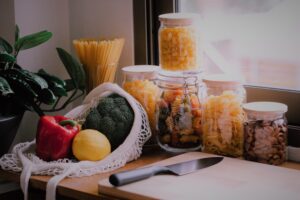 One of the comments/questions I got in the group resonated with me. She said, “I really don’t like chopping vegetables, is there a better way?”
One of the comments/questions I got in the group resonated with me. She said, “I really don’t like chopping vegetables, is there a better way?” 